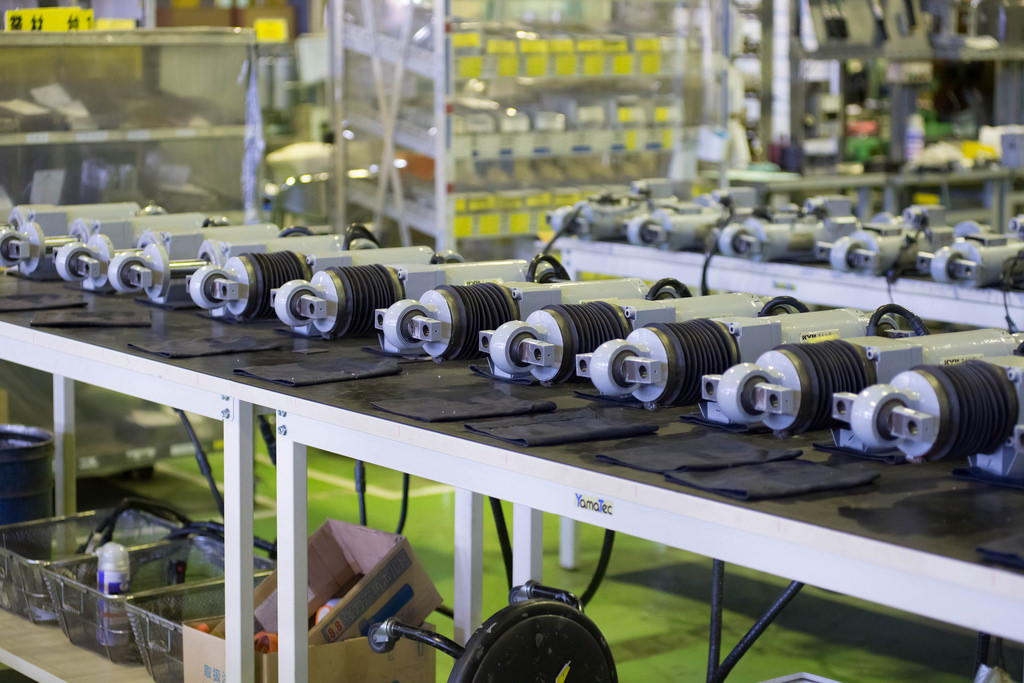Production vs Manufacturing: What’s the difference?
Many people think that the terms “production” and “manufacturing” are essentially the same, because they relate to the development of products for sale. Admittedly at times the distinction is quite subtle, and the words are often used interchangeably. However, the two terms are not the same in reality – manufacturing refers to the process of creating goods out of raw materials, whereas production refers to the level of output from a manufacturing process. Another key difference is that goods can be produced without any complete manufacturing process.

Process vs Output
Manufacturing refers to the process of creating finished products, goods, parts or components from raw materials. In manufacturing, a combination of robotics, machines and other equipment, along with manpower is used. There are also development activities that take place, while the actual manufacturing stage goes through a sequential process. For example, in an assembly line, parts will be added to the product one by one until it is finished.
Production refers to the level of output that comes from the manufacturing process, even though the term “production process” is often used in place of “manufacturing”. For example, many companies adopt a philosophy of “lean production”, which Pall-Pack defines as a strategy to try and reduce inefficiency and waste in order to optimize production. Efficient production also calls for meeting customer demand and keeping inventory at a minimum so as to avoid wasting raw materials.
Production without manufacturing
Large scale manufacturing operations usually involve multiple workers and many machines that perform a diverse array of tasks. These people and machines will be arranged strategically at different workstations on an assembly line in order to optimize the manufacturing process.
However, production (as in the creation of a product), can be possible without any kind of full-scale manufacturing process. For example, handmade goods are usually produced by just one or a handful of people at the most. These people are usually highly skilled in the art of crafting a particular product by hand. Then there’s process manufacturing, which relates to facility-based development phases in the mass production of items. For example, chemicals, foods and medicines are often produced using process manufacturing methods.
In full mass manufacturing operations, manufacturers place as much importance on production efficiency as they do on the quality of the goods produced. Meanwhile, with handmade or non-mass produced goods, the focus is on creating high-quality finished products rather than efficiency.




